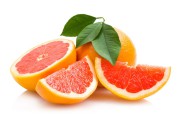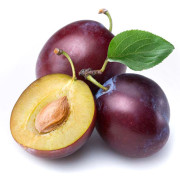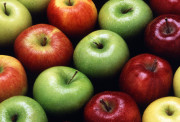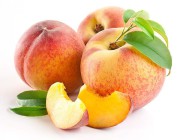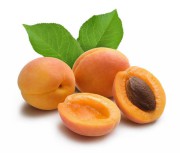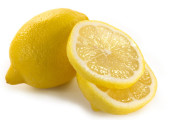Cherry: description, characteristics, beneficial properties and harm of cherries.
Cherry is a shrub or low tree, no higher than 7 meters, from the rose family, belonging to the plum genus. Its fruits are round in shape and dark red in color. Cherries are original in their structure: a bright, glossy shell hides delicious, juicy pulp and a small pit.
Cherry ripening season: June-July. Probably everyone is familiar with its sweet and sour taste. But do you know the beneficial properties of cherries, a wonderful berry?
Cherries are very beneficial for the body. A number of healing properties can be identified. First of all, due to the content of anthocyanin pigment, it is easily absorbed by the body and is considered a dietary product. Cherry contains many hematopoietic elements. It is very effective in the treatment of anemia and arterial atherosclerosis. Effectively increases hemoglobin and acts as a hemostatic agent. Cherries strengthen capillaries and help with high blood pressure. It is effective for diseases of the cardiovascular system; it is popularly called “heart berry”.
Cherry juice contains many vitamins. It is useful for colds and bronchitis. Increases appetite, fights arthritis, is a good antiseptic. The juice has a mild laxative and expectorant effect. In folk medicine, cherry tree bark, leaves and stalks are also used. Infusions and lotions are prepared from them, which are very effective for many diseases.

Photo. Cherry tree.
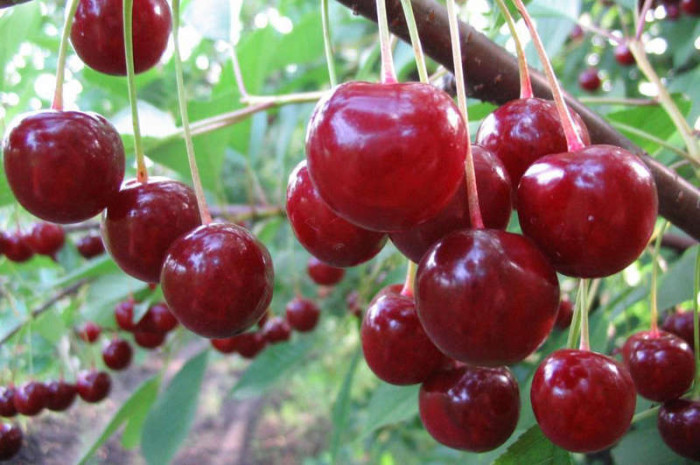
Red cherry photo
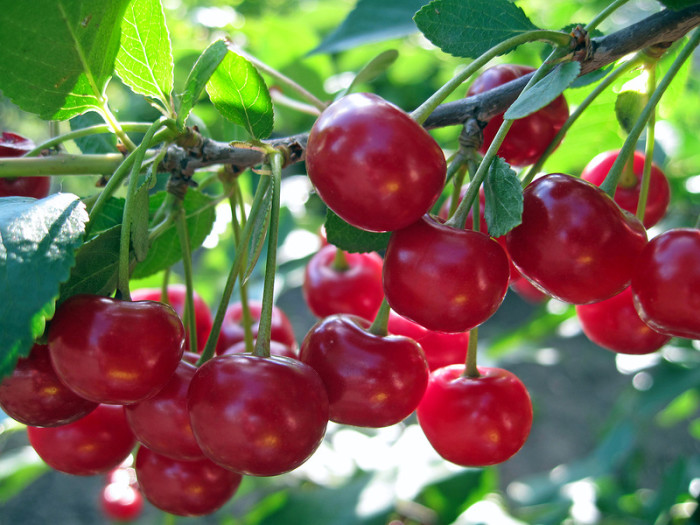
Beautiful photo of cherries
Cherry is also studied by standard medicine. It is an ingredient in many medicines. Gives syrups a sweetish taste and pleasant aroma. Doctors have identified the content of ellagic acid in cherry fruits. This acid is used in drugs aimed at treating cancer. Eating cherries has a positive effect on inhibiting the growth of cancer cells.
In addition to medicine, cherry is used in cosmetology; its aroma is used in many perfume formulas. A common series is “Wild Cherry” or “Chinese”.
But, despite a number of healing properties, in some cases cherries can cause harm to the body. Namely: it is contraindicated for problems with the gastrointestinal tract. Abundant amounts of vitamin C increase acidity and are an “enemy” for ulcers and gastritis. Cherries are contraindicated for obesity and diabetes. Glucose levels will be negatively affected in the latter disease. Also, cherries are not recommended for chronic lung disease.

Photo. Cherry berry
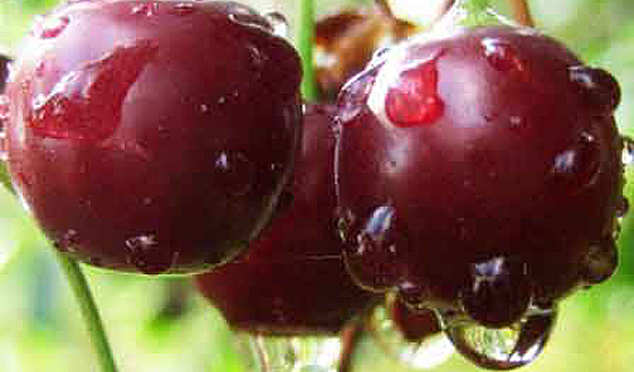
Photo. Ripe cherry
Cherry, a delicious and beautiful berry. First of all, its extraordinary taste is very pleasant to eat raw. Even after defrosting, it retains its special taste and aroma. Cherry berries are a beautiful decoration for confectionery and desserts. They are used to prepare jams and preserves, juices, compotes, fruit drinks and even alcoholic drinks (wines and liqueurs). In cooking, as well as in medicine, not only the fruits are used: cherry twigs give an unusual aroma to kebab, the leaves are added to marinade and preservation.
Every housewife has a number of secrets for harvesting cherry fruits. The simplest harvesting methods are drying and freezing. In the future, such cherries are used mainly for compote or decorating desserts (frozen).On the website you will find simple recipes for delicious cherry preparations.


